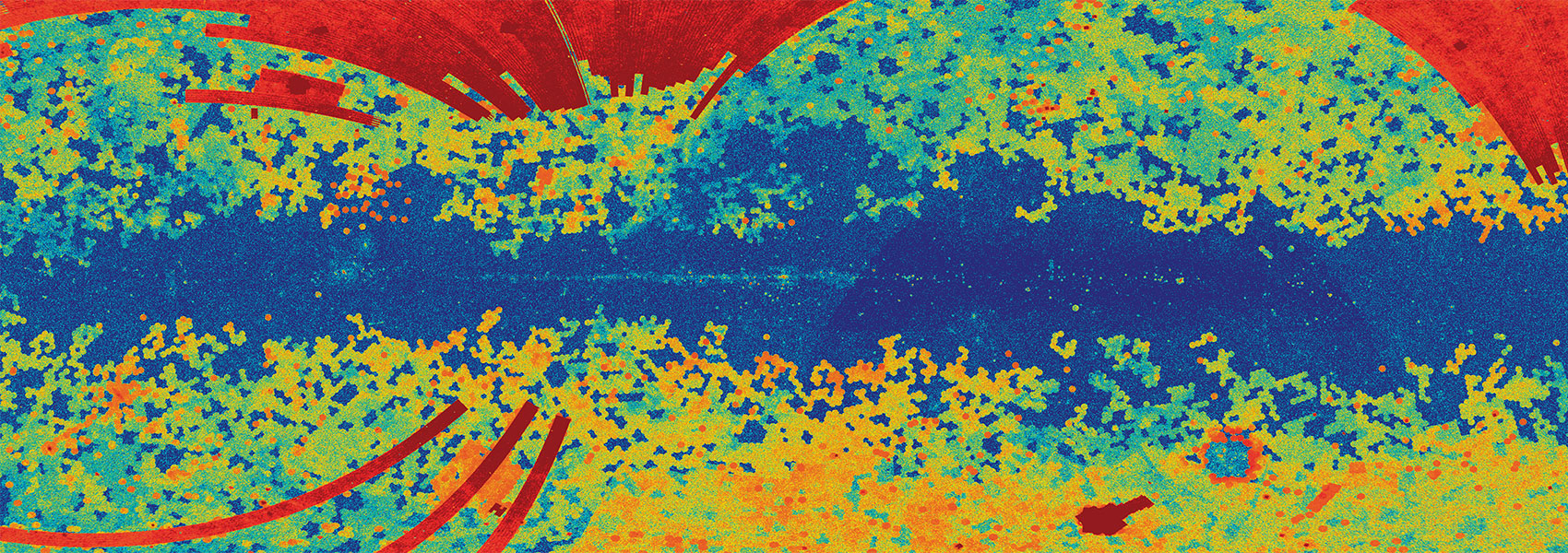February
2022
•
2022AJ....163...42Y
Authors
•
Yang, Fan
•
Chary, Ranga-Ram
•
Liu, Ji-Feng
Abstract
•
We present a re-analysis of transit depths of KELT-19Ab, WASP-156b, and WASP-121b, including data from the Transiting Exoplanet Survey Satellite (TESS). The large ~21″ TESS pixels and point-spread function result in significant contamination of the stellar flux by nearby objects. We use Gaia data to fit for and remove this contribution, providing general-purpose software for this correction. We find all three sources have a larger inclination, compared to earlier work. For WASP-121b, we find significantly smaller values (13.°5) of the inclination when using the 30 minute cadence data compared to the 2 minute cadence data. Using simulations, we demonstrate that the radius ratio of exoplanet to star (R p /R *) is biased small relative to data taken with a larger sampling interval although oversampling corrections mitigate the bias. This is particularly important for deriving subpercent transit differences between bands. We find the radius ratio of exoplanet to star (R p /R *) in the TESS band is 7.5σ smaller than previous work for KELT-19Ab, but consistent to within ~2σ for WASP-156b and WASP-121b. The difference could be due to specific choices in the analysis, not necessarily due to the presence of atmospheric features. The result for KELT-19Ab possibly favors a haze-dominated atmosphere. We do not find evidence for the ~0.95 μm water feature contaminating transit depths in the TESS band for these stars but show that with photometric precision of 500 ppm and with a sampling of about 200 observations across the entire transit, this feature could be detectable in a more narrow z-band.
Links



